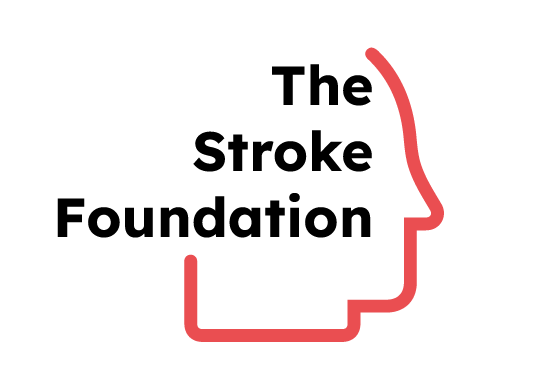Risk Factors Specific to Women
While many risk factors for stroke are shared across all genders—like high blood pressure, high cholesterol, diabetes, and smoking—there are some that are unique to women. Being aware of these can help you and your doctor make more informed decisions about your health.
• Hormonal Birth Control and Hormone Replacement Therapy (HRT)
Using hormonal birth control or HRT (especially those containing estrogen) can significantly increase the risk of stroke, particularly in women who smoke, have high blood pressure, or are over 35. If you're considering starting or continuing any form of hormonal therapy, speak to your doctor about your personal risk factors and whether other options may be safer for you.
• Pregnancy
Stroke during pregnancy is rare, but when it happens, it can be very serious. Pregnant women are up to three times more likely to have a stroke than non-pregnant women of the same age. The risk is highest in the third trimester and the weeks immediately following childbirth. It’s important to track blood pressure, symptoms like sudden headaches or vision changes, and to discuss stroke risk with your obstetrician if you have any concerns.
• Preeclampsia
Preeclampsia is a pregnancy-related condition marked by high blood pressure and signs of organ stress. Women who experience preeclampsia are at twice the risk of having a stroke later in life, even years after pregnancy. If you've had preeclampsia in the past, make sure your primary care provider is aware of your history so they can monitor your long-term cardiovascular health.
• Smoking + Migraines with Aura
Women who smoke and also experience migraines with aura (a type of migraine with visual disturbances) are at especially high risk of ischemic stroke. This risk is magnified if you also use hormonal birth control. If you fall into this category, quitting smoking and reviewing your medications with a doctor can drastically reduce your stroke risk.
• Atrial Fibrillation in Older Women
Atrial fibrillation (Afib)—an irregular heartbeat—is a major risk factor for stroke in older adults. While Afib affects both men and women, it carries a higher stroke risk in women over 75. Regular heart monitoring and treatment can help prevent complications, including stroke.
How to Reduce Your Risk
Stroke prevention is about awareness and action. The earlier you understand your risks, the more empowered you are to make changes that protect your health.
Here are some steps you can take now:
- Quit smoking – This is one of the most powerful things you can do for your brain, heart, and overall stroke risk.
- Exercise regularly – Even 30 minutes of walking a day can improve blood pressure, cholesterol levels, and mental health.
- Adopt a heart-healthy diet – Choose foods low in saturated fat and added sugar, and rich in fiber, fruits, vegetables, and whole grains.
- Manage blood pressure and cholesterol – Visit your doctor regularly to check your levels and adjust medications as needed.
- Talk to your doctor about hormonal therapies – Whether it’s birth control or menopause-related treatment, make sure your provider weighs your stroke risk in all decisions.
- Know your medical history – Let your doctor know if you've experienced preeclampsia, gestational diabetes, or early menopause, as these may impact your long-term health.
Symptoms of Stroke in Women
Stroke doesn’t always look the way you expect. While the most common stroke symptoms can affect both men and women, women may experience less obvious or atypical symptoms, which can lead to delays in care.
Classic Stroke Symptoms
- Sudden weakness or numbness in the face, arm, or leg (especially on one side)
- Slurred speech or difficulty understanding others
- Sudden trouble walking or loss of balance
- Sudden, severe headache
Women-Specific or Atypical Symptoms
- Sudden fatigue or general weakness
- Nausea or vomiting
- Confusion or disorientation
- Fainting or loss of consciousness
- Shortness of breath
- Seizures
If you or someone you love shows any of these symptoms, call 911 immediately. Every second counts.
The Bottom Line
Stroke affects everyone. It’s a leading cause of death and disability in women—but many strokes are preventable.
Being proactive about your health, understanding your risks, and paying attention to symptoms can make all the difference. No matter your age, you can take steps today to protect your future.


%20(2)%20(1).png)



